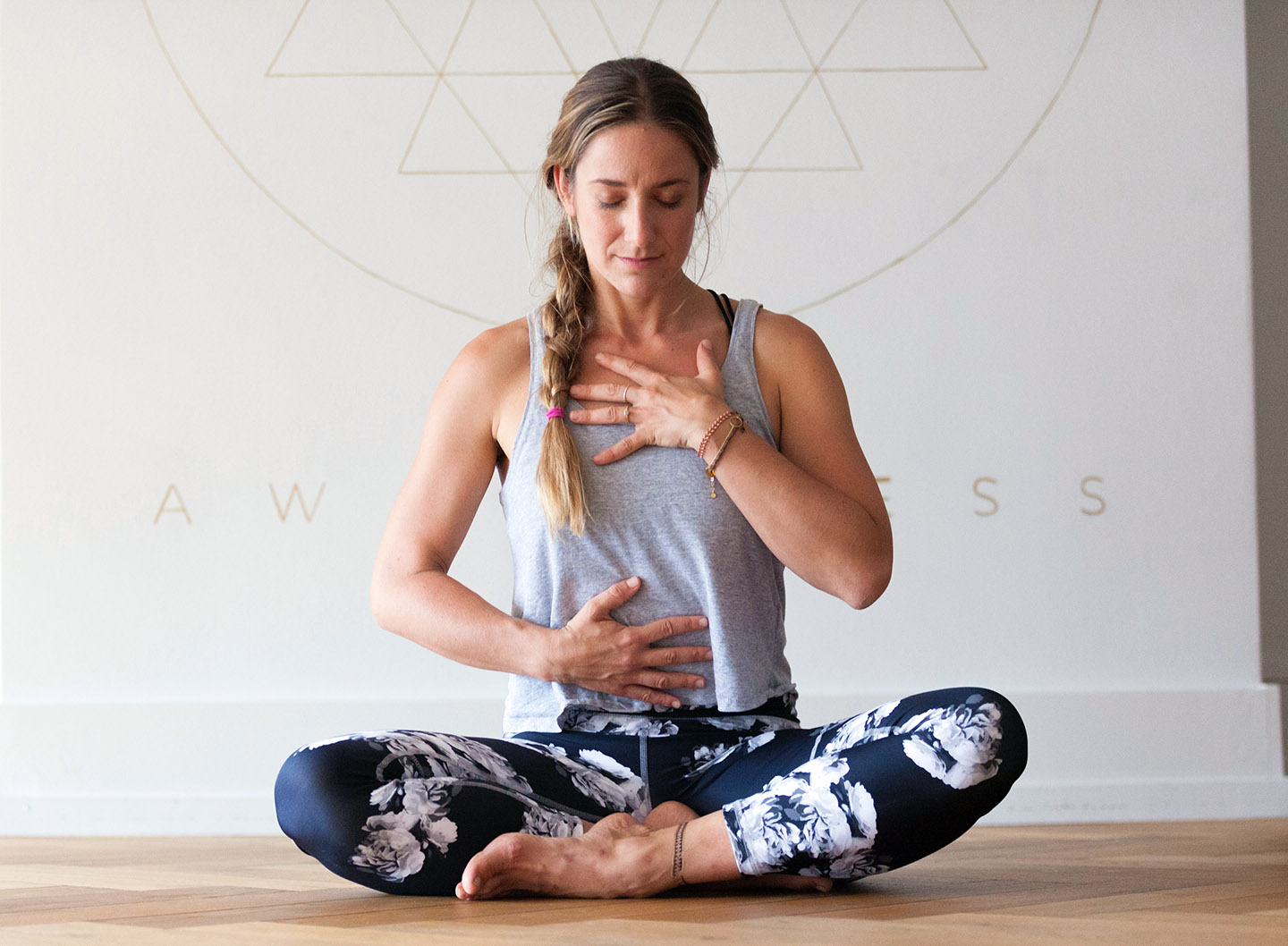By Shama Kaur

You have heard it time and time again, “just meditate and you will feel better afterward!” But it’s easier said than done because if you have ever tried to meditate before, you know as well as I do that it is not a walk in the park.
Not only is it challenging to sit still but it’s even more challenging to do nothing as we are bombarded by countless thoughts and emotions. It almost feels insane to just sit there and let the thoughts go by, when we can get up and do something about them right?
But wait, have you ever wondered about the benefit of observing your thoughts quietly as they come and go without reacting or jumping to conclusions?
Here are five key benefits that will get your brain working!
Optimizing Brain Function

Our brain is made up of two hemispheres; the left and right. Most of us function with one side of the brain that is more dominant – usually, the left which is more linear, structured, organized, planned, and categories thoughts into past, present, and future so that it can analyze and evaluate them. When the left brain dominates we often lose sight of the big picture. By contrast, the right hemisphere sees the world as a whole and is more connected to rhythm and flow. It is involved more with new experiences, events, things, ideas and allows you to see the big picture.
When you meditate you improve the connectivity within and between the hemispheres of the brain which leaves you with better focus, deeper thought, super creativity, excellent mental health, enhanced memory, and clearer thinking just the start.
Improved Attention

Meditation decreases the activity and connectivity in the 4 regions of the brain; the frontal lobe, parietal lobe, thalamus, and reticular formation.
• The frontal lobe is considered to be the most highly evolved part of the brain that is responsible for reasoning, planning, emotions, and self-
conscious awareness. During meditation, the frontal cortex tends to go “offline”.
• The parietal lobe processes sensory information about the surrounding world and during meditation, activity in the parietal lobe slows down. • The thalamus helps focus your attention by channeling sensory data deeper into your brain and stopping other signals from firing. Meditation reduces the flow of incoming information to the thalamus. • The reticular formation receives incoming stimuli and alerts the brain so it is ready to respond. Meditating minimizes the arousal signal.
As a result, our ATTENTION is improved substantially. First, while we are meditating, we learn to focus our attention and awareness when it drifts. Second, when we are not meditating, we learn to focus on one thing at a time rather than easily becoming distracted and jumping from one thought to another haphazardly which is what happens during disorders such as anxiety disorders, ADHD, and Alzheimer’s disease.
Neural PathWays

Your brain is powerful; so powerful that it can reorganize itself. The technical term for this ability of the brain is neuroplasticity which is the brain’s ability to change its structure and organization over time. This is done by forming new neural pathways or connections as we have new experiences and learn new information.
Each time you learn something new, your brain makes a new synaptic connection. Learning something new generates a new connection while practicing or repeating what you learned maintains the connection.
How does this help you?
Have you ever set yourself a weight loss goal but felt sabotaged by your habit to munch on snacks late at night as you watched Netflix?
That’s because when you repeat an action numerous times in your life, the neurons in your brain create a pathway that is strong, sturdy, and think – a little like a very strong bridge. This is what makes habits so difficult to break. It’s because the pathway has been set in stone. Hence why the older you get the more difficult it is to change your “old” ways.
If you want to break the habit you need to choose a new activity such as drinking tea instead of munching on snacks and also use meditation as a tool to help you rebuild those new neural pathways.
Another great reason to keep training your brain to reorganize itself is that this helps you promote more positive thoughts and emotions that help you deal with negative ones (stress, anxiety, anger, sadness, etc.).
When you think about positive emotions (compassion, forgiveness, love, calmness, etc.) while meditating, you form new neural connections associated with the positive feelings. Then, as you continue to practice meditating and repeatedly engage with those positive emotions, you reinforce the pathways and make it easier to return to those emotions even when you are not meditating. It works the same as a muscle
Meditation & the Pituitary Gland

Located in the middle of the brain is the pituitary gland (also known as the master gland) It sends signals to the other five glands to secrete hormones. Meditation keeps the pituitary gland working properly which keeps your hormones in balance. This regulates your mood, hunger, thirst, weight loss, stress response, and youth.
As a result, the practice of meditation increases pleasant thoughts and feelings, decreases aging, and maintains our ability to control stress, and leads happy lives.
Meditation & Memory

Regular meditation increases blood flow to the brain, which leads to a stronger network of blood vessels in the cerebral cortex and reinforces memory capacity.
Now that you know about the numerous benefits of meditation, are you ready to begin a daily meditation practice?
All you need is 5-11 minutes a day. This is the practice that I would recommend for you, particularly if you are a beginner. This is the Meditation for a Calm heart as taught by the Kundalini Research Institute.
Meditation for a Calm Heart from the teachings of the Kundalini Research Institute

Sit in a cross-legged position or on the chair with both feet on the ground. Keep your chin parallel to your shoulders.
Eyes: Either close the eyes or look straight ahead with the eyes 1/10th open.
Posture: Sit in an Easy Pose, with a light Jalandhar bandh. Place the left hand on the center of the chest at the Heart Center. The palm is flat against the chest, and the fingers are parallel to the ground, pointing to the right.
Make Gyan Mudra with the right hand (touch the tip of the index [Jupiter] finger with the tip of the thumb). Raise the right hand to the right side as if giving a pledge. The palm faces forward, the three fingers not in Gyan Mudra point up.
The elbow is relaxed near the side with the forearm perpendicular to the ground.
Breath: Inhale slowly and deeply through both nostrils. Then suspend the breath in and raise the chest. Retain it as long as possible. Then exhale smoothly, gradually, and completely. When the breath is out, lock the breath out for as long as possible.
Concentrate on the flow of the breath. Regulate each bit of the breath consciously.
To End: Inhale and exhale strongly 3 times. Relax.




